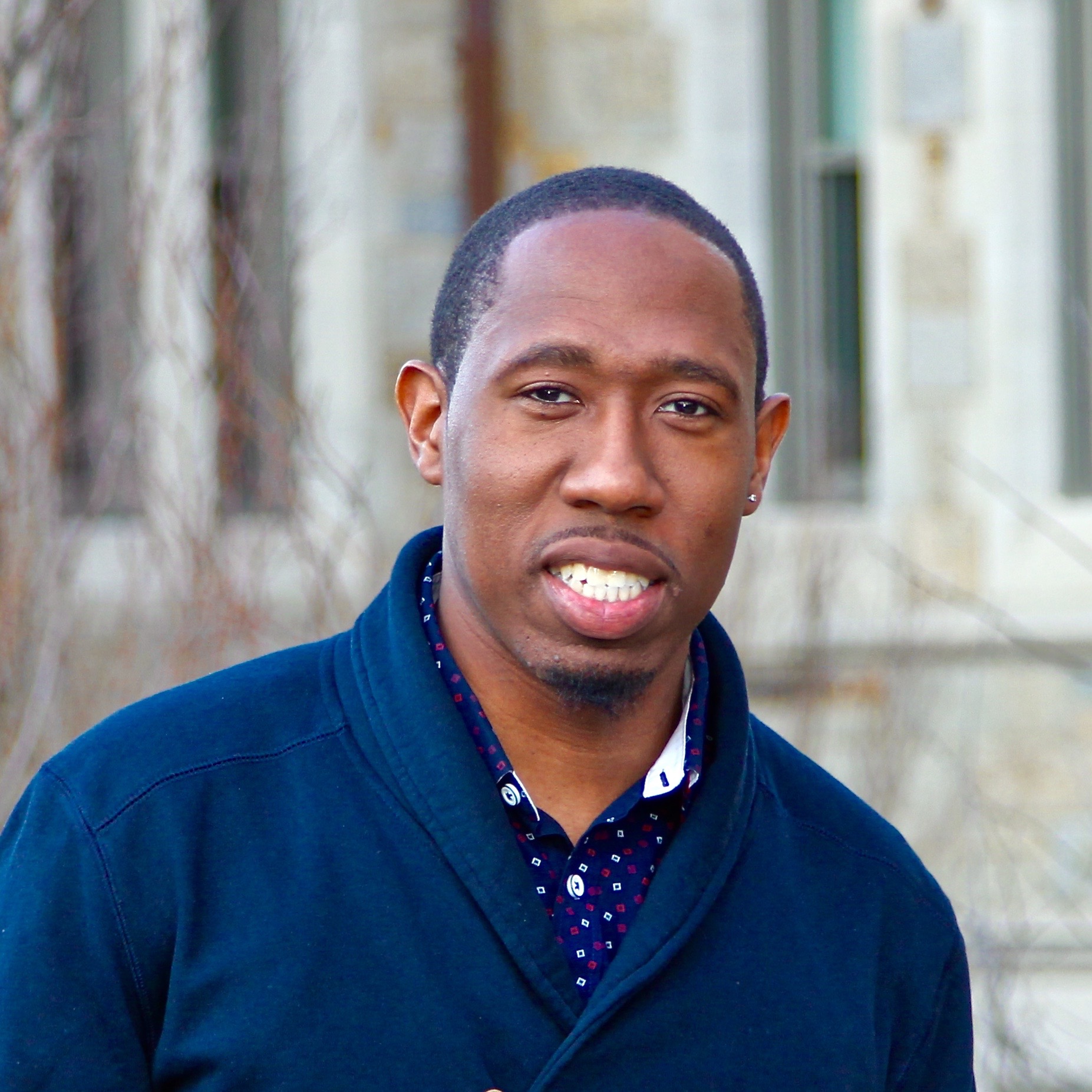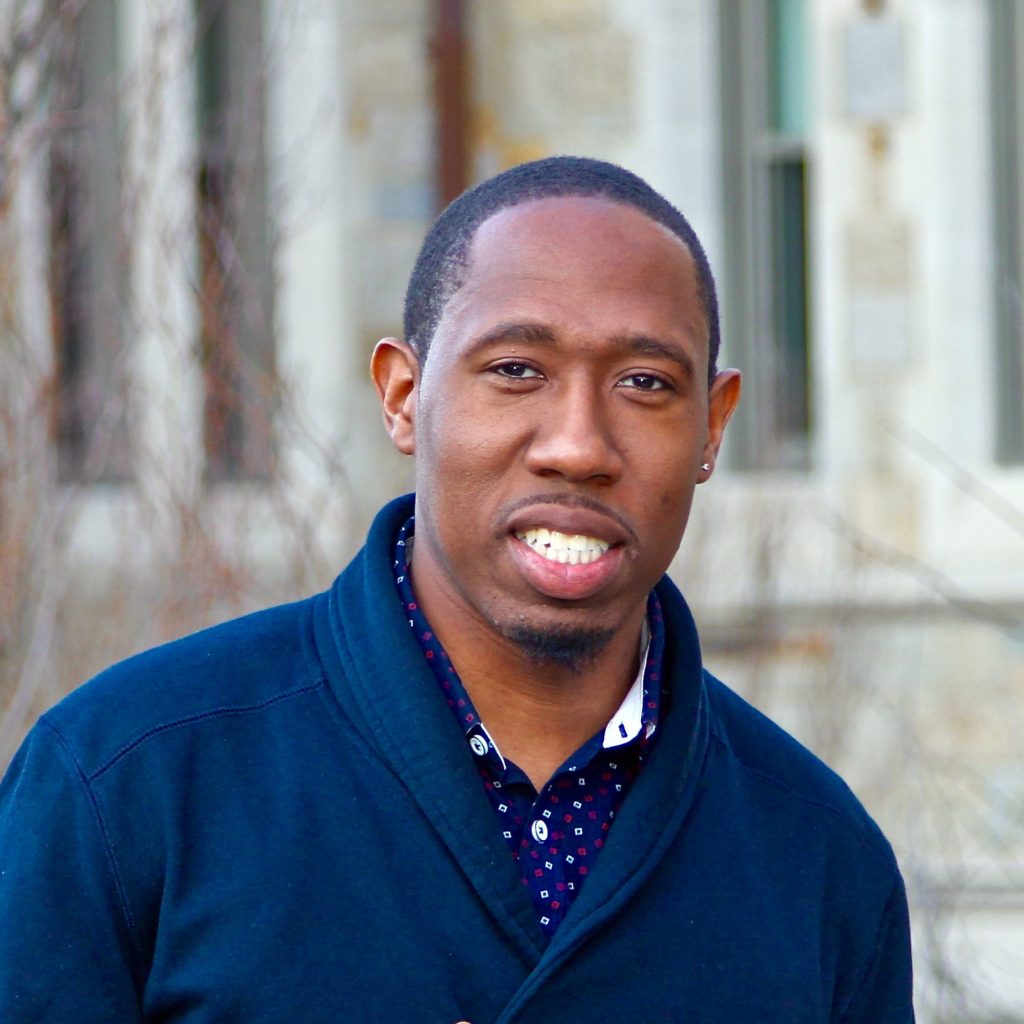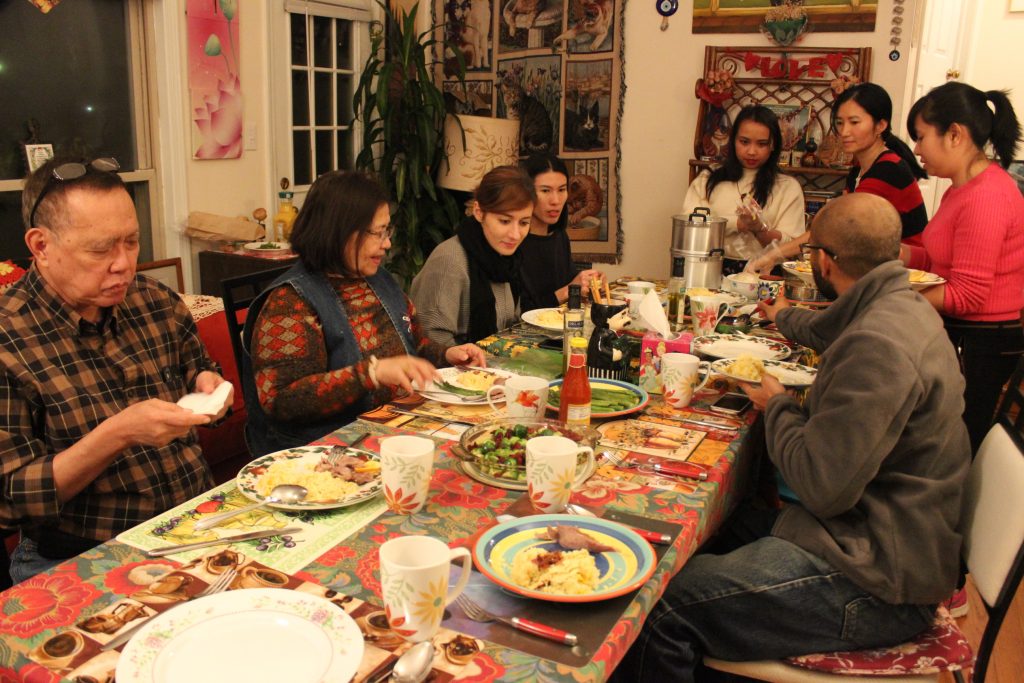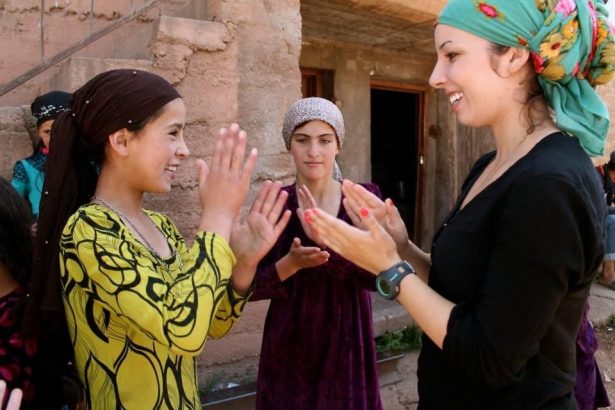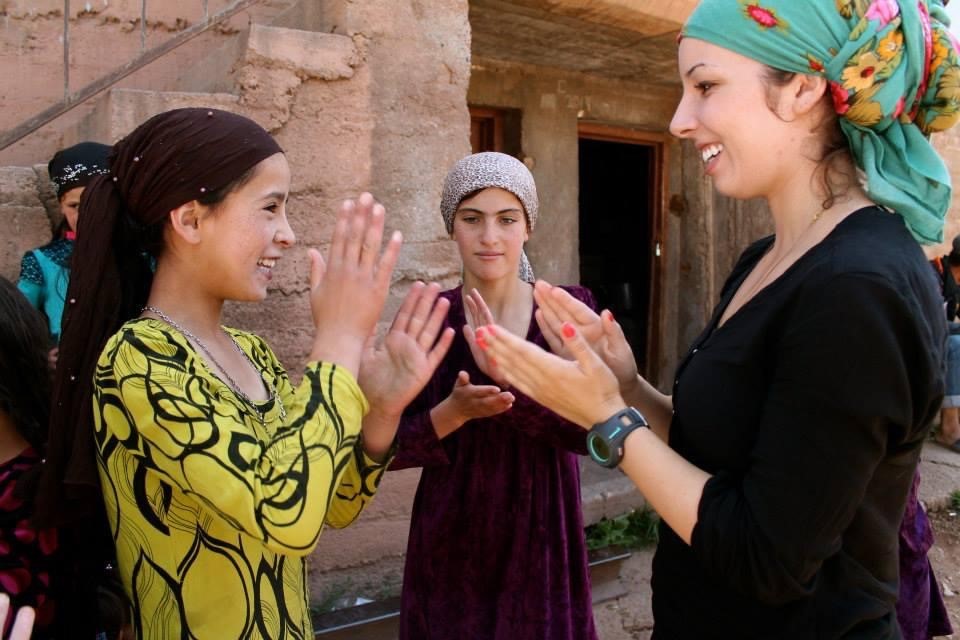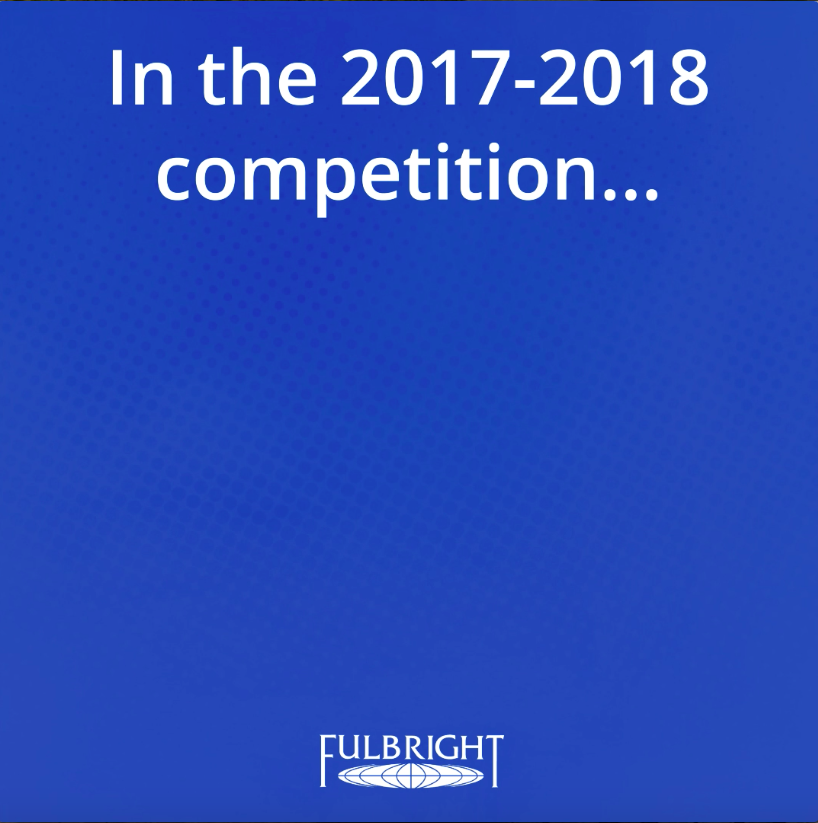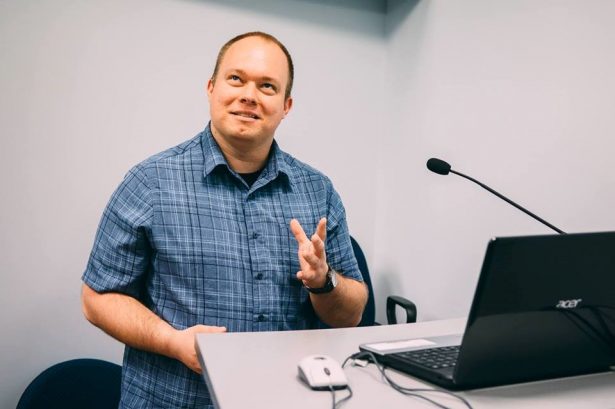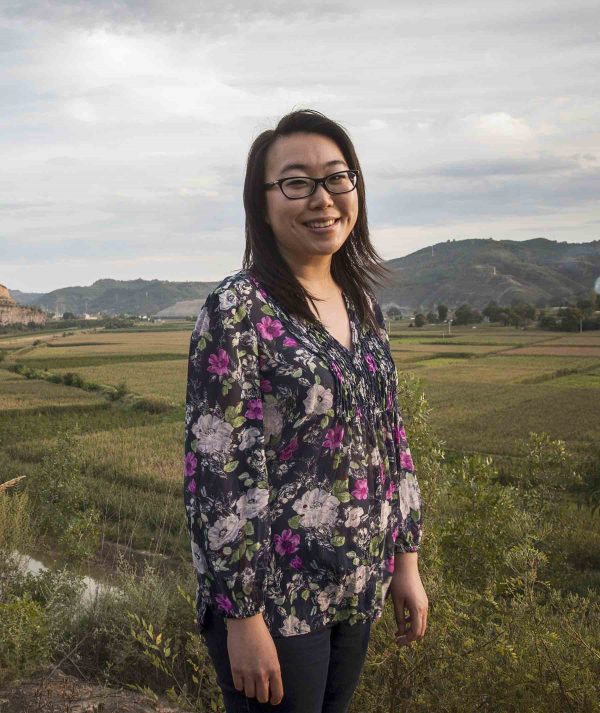
Christine Keung, 2014-2015, China
“It was New Year’s Eve, and my Central Asian dorm mates all chipped in to buy a whole sheep. It’s a common Central Asian tradition to sacrifice a sheep to celebrate a big event, and given the fact that many of my international dorm’s residents were Muslim, the sheep had to be prepared to Halal standards…”
Such was how 2014-2015 Fulbright U.S. Student to China, Christine Keung, celebrated holidays in Shaanxi province during her award in Environmental Studies, where she worked closely with local university students to improve the region’s urban and rural waste practices.
Since completing her Fulbright award, Christine Keung has been named a 2016 Young Laureate by the Rolex Awards for Enterprise, a 2017 Time Magazine Next Generation Leader, and gained admission to the MBA program at Harvard University.
We recently interviewed Christine to learn more about how her Fulbright experiences have had an impact on her career trajectory, what advice she has for prospective Fulbright applicants, and how she has maintained strong ties with the friends and professional contacts she established while in China.
How did you originally hear about the Fulbright Program and what/who inspired you to apply?
I first learned about the Fulbright Program during my freshman year at Wellesley College. I had a Teaching Assistant who had been a Fulbrighter in Spain who encouraged me to apply before I graduated. As a first-year student who had not yet selected her major, who had never worked as a research assistant, and who had never studied abroad, I really couldn’t imagine myself as a Fulbright Student. It wasn’t until my junior year that I seriously considered applying for opportunities to live and work abroad after graduation. I had spent the summer after my sophomore year on a National Science Foundation (NSF) grant that allowed me to conduct independent research on China’s Loess Plateau. That trip allowed me to visit Western China for the first time and to form many of the relationships that helped make my Fulbright project a reality.
Continue Reading

